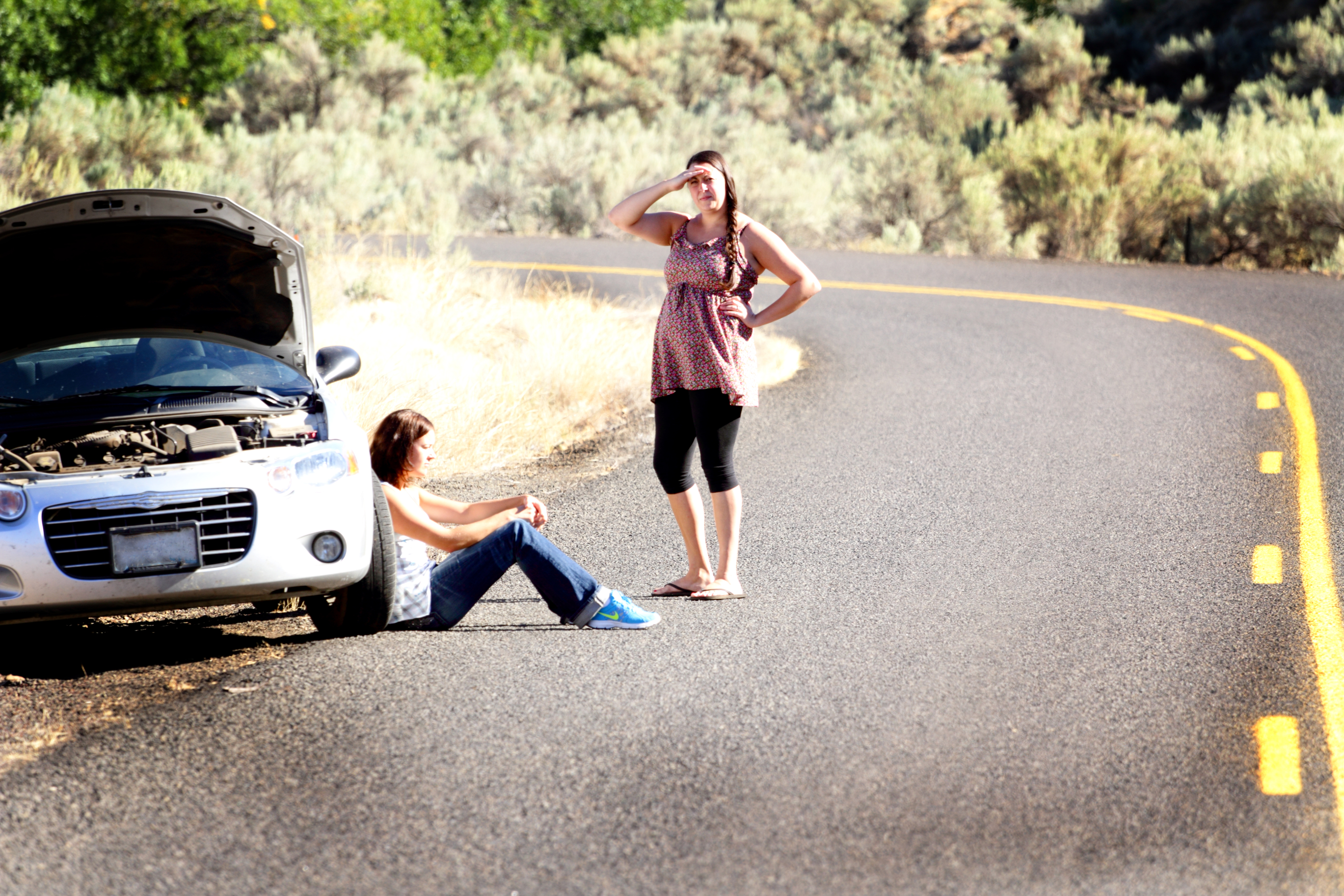Road Preparation for Spring Outings

A family outing can go from glorious to disastrous in a hurry even for seasoned drivers familiar with tempermental March weather.
“It may be nice today but storming tomorrow,” said Chris Cochran, assistant director of the California Office of Traffic Safety. “You always have to keep in mind the needs of your vehicle and its passengers.”
All drivers need a gentle reminder of the dangers of late winter and earl spring conditions, Cochran said. Snow may arrive as late as May in national parks such as Yosemite and Grand Canyon or Yellowstone.
Mud slides are common throughout the country, especially in mountainous regions.Take clothes appropriate for changeable weather, especially when traveling to the mountains.
Pack a travel kit that contains food, water, flashlight, duct tape, pliers, a tarp—items particularly helpful if you find yourself stranded in a sudden storm. “Be ready for any kind of weather this time of year,” Cochran said. “Check and see what the weather is like at your destination.”Before heading out for a spring break, Cochran encourages drivers to take stock of their vehicle. Winter damage and wear can turn into summer headaches.
Walk around the vehicle and inspect tires, check for leaks, look for window cracks and chips.“Lift the hood up,” Cochran said. “Are the hoses soft or hardened with age? Are the belts frayed on the edges or can you see cracks? They may need to be replaced.”
Even drivers who would never work on their own vehicles can take important notes and then review their list of concerns with an auto technician or service advisor. “Get a half hour of inspection time from a professional mechanic,” Cochran said. “It’s worth the peace of mind knowing that your vehicle is in good working order.
Cochran offered the following to-do list for spring vehicle safety:
- Conduct a simple inspection by walking around your vehicle and looking for wear on tires, burned out light bulbs, leaks and glass chips or cracks. Jot down notes you can share with your auto technician or service advisor.
- Lift the hood and check hoses and belts. Tubes hardened with age are more likely to crack. Frayed and cracked on belts may indicate time for replacement.
- Invest the time to have a professional technician look beyond basic for signs of problems that could leave you and your family stranded on a spring outing.
- Create your own roadside emergency kit. Include cold weather, a waterproof jacket, food, water, flashlight, duct tape and a tarp. Other useful items include flares, jumper cables, emergency red reflector triangle, rags, HELP sign, first aid kit, 12-foot length of nylon rope, small tool kit and blanket.
See a more complete list at the California Office of Traffic Safety